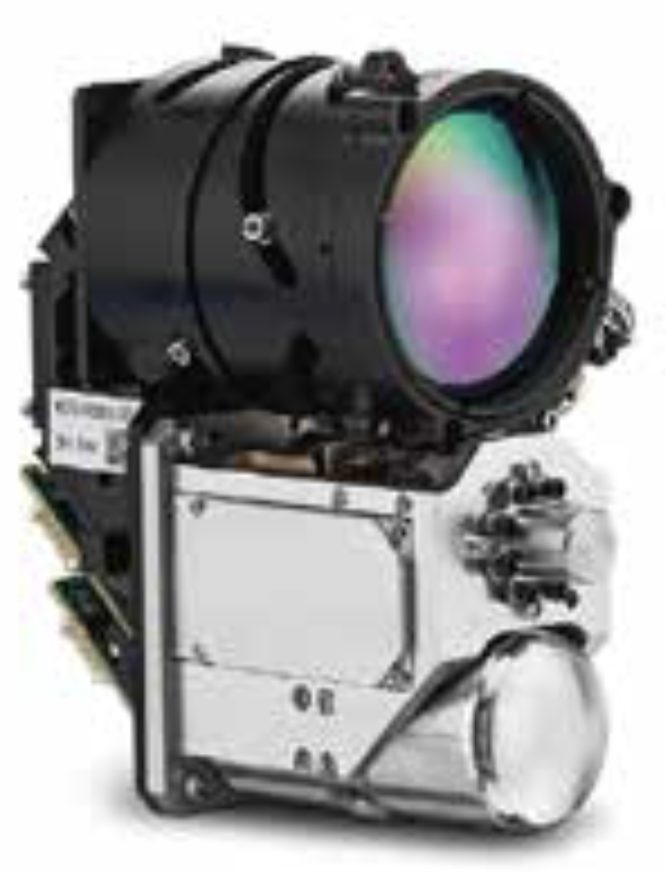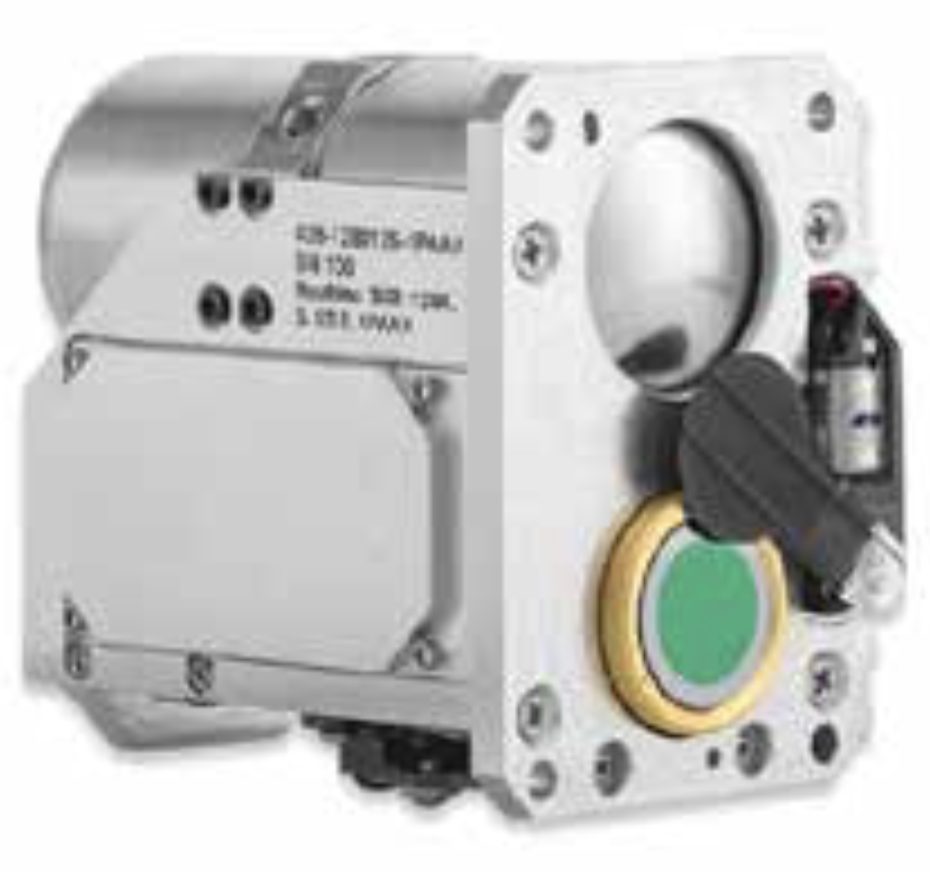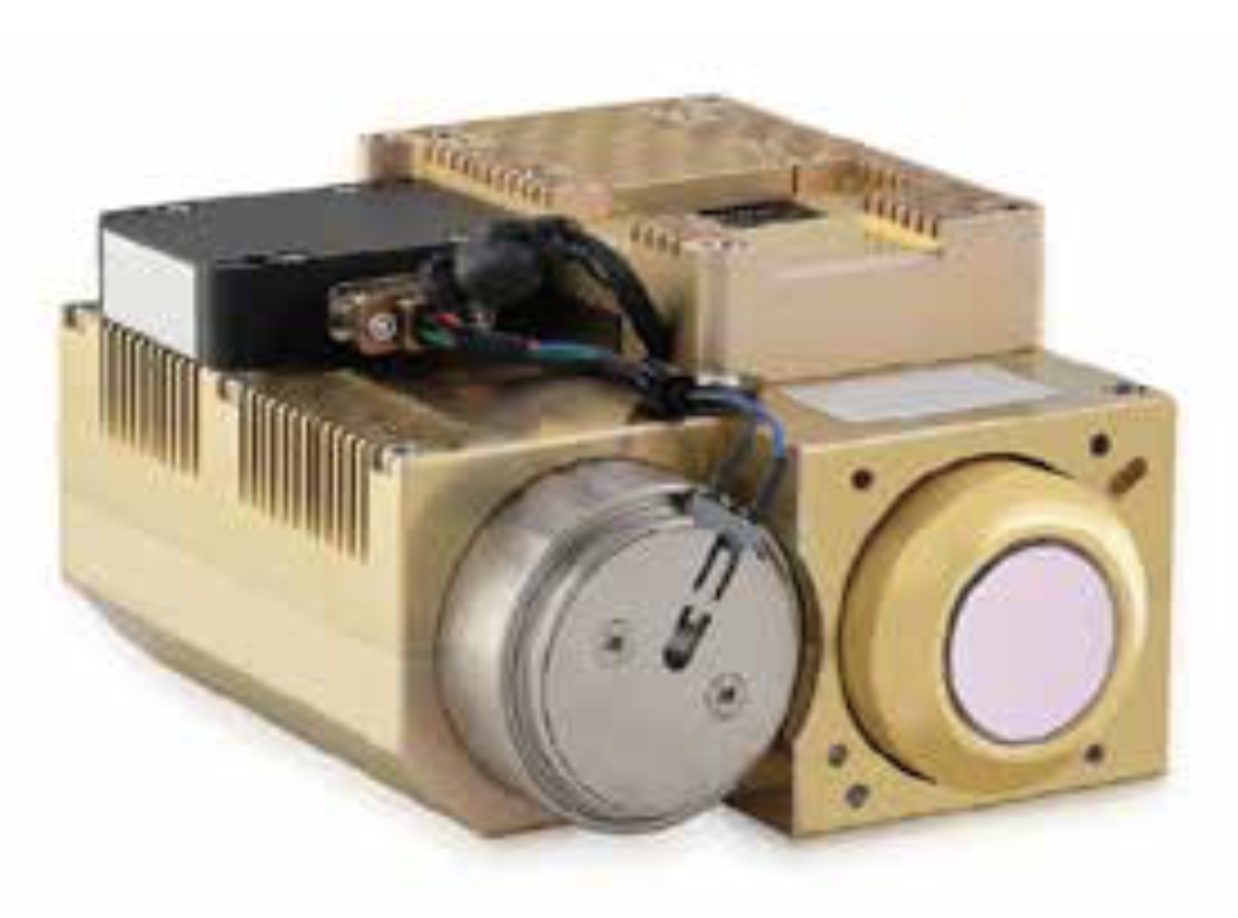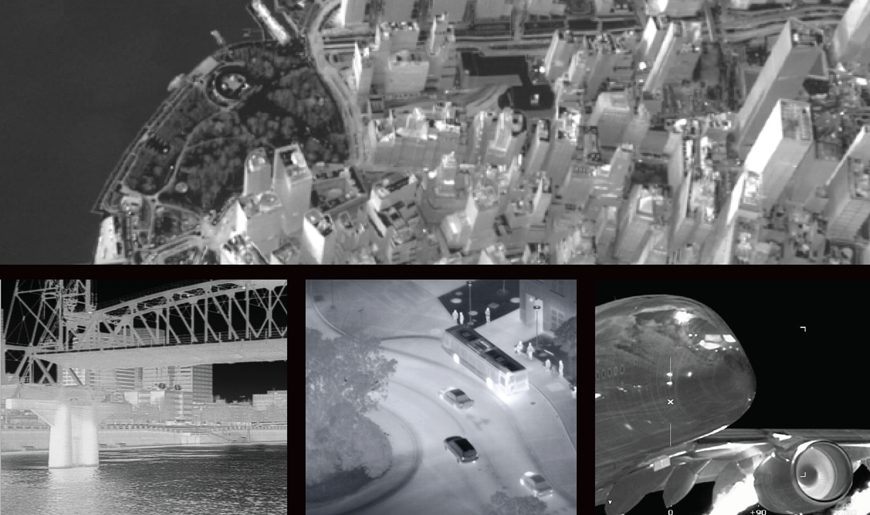Teledyne FLIR’s Neutrino® Series simplifies the process, shortening integration timelines and lowering costs.

Developing Mid-wavelength Infrared (MWIR) imaging platforms is a time-consuming, costly process, with it taking system integrators anywhere from 12 to 28 months to complete a project. That timeframe is even longer if customers have specific requirements, which is often the case with government contract programs.
These complex platforms, with their various subsystems, require precision engineering and a specialized skillset to create. And the fact integrators must work with several solutions providers to procure the necessary components further complicates the process. Teledyne FLIR’s Neutrino® Series changes that.
With this series, Teledyne FLIR has become the first integrated solutions provider to supply high-performance MWIR camera modules and continuous zoom optic assemblies—accelerating time to market and reducing costs associated with development. The vertically integrated, size-weight-and-power (SWaP) optimized camera modules come with all the necessary subsystems, including the IR detector, zoom optics, electronics and packaging.
That means you can work with one solutions provider to create a reliable MWIR imaging platform, streamlining procurement and shortening design cycles.
The Neutrino® Series was created to help system integrators overcome MWIR integration challenges, and it certainly accomplishes that. Here’s a closer look at the challenges and how these solutions from Teledyne FLIR eliminate them, maximizing performance while also reducing cost.
Challenge No. 1: There’s a lot that goes into each platform. MWIR imaging platforms are made of multiple complex subsystems. That means developers must consider different variables when building a platform, including pixel size, frame rate and vacuum packaging. That, of course, takes time and specialized skillsets.
Teledyne FLIR’s integrated MWIR cooled camera module and continuous zoom lens solutions simplify opto-mechanical integration. The cost-effective Neutrino models are SWaP optimized and reliable, providing everything needed for assembly. There are a variety of modules to choose from, with each offering smooth, continuous zoom with simplified user interfaces that feature a variety of FOV options.
Challenge No. 2: There are too many companies involved. Because these platforms feature various subsystems, it’s often necessary to work with two or more providers to obtain everything required for platform development. This not only makes acquiring the necessary components more challenging, it can lead to problems with the final product, including reduced system performance and reliability. The compatibility tradeoffs that must be made when integrating subsystems from different companies often translates into efficiency loss. The platform also becomes more complex, slowing down development time and even impacting system support down the road.
The Neutrino line eliminates this challenge. All the subsystems are included, meaning you only need to work with one provider, significantly reducing procurement time and streamlining the integration process. And because all the components come from the same manufacturer, everything is designed to work together. There are no tradeoffs. The end result is a solution that provides superb performance and reliability, and you get to that end result faster.
Challenge No. 3: Assembling subsystems is time consuming and costly. Integrating subassemblies involves lenses, camera cores, mechanical fixtures and multiple electronic modules, and that adds up to engineering challenges that require special skills. Infrared zoom lenses, for example, require precision alignment in 5 axis, which is difficult to achieve.
The equipment needed to integrate camera subassemblies, such as MTF test equipment, is expensive, as is the skilled labor to perform this highly specialized work. The IDCA and lens software also come with different protocols, making integration difficult and time consuming. None of that is a concern with the Neutrino series. Everything is designed to work together, streamlining integration and reducing costs. But if you need support along the way, Teledyne FLIR has a top-notch team ready to provide it. You only have to call one company to get answers, not multiple, which means you can get on with the work faster.
WHY NEUTRINO
Teledyne FLIR’s Neutrino camera modules and zoom optics overcome common challenges to simplify MWIR integration. The expansive COTS portfolio of MWIR camera modules and continuous zoom (CZ) lenses reduce cost, while the camera module, lenses and CZ optics are all optimized for size, weight and power. The company behind the solutions is a worldwide leader and provides everything you need from design to testing to manufacturing to technical support. This reduces the risk and eliminates the frustration involved with working with multiple solution providers. ♦
The Modules
There are different modules in the Neutrino series. They are:
The Neutrino IS Series, which includes HOT MWIR Camera Modules + Continuous Zoom (CZ) Lenses
 These affordable MWIR camera resolution and continuous zoom lens combinations reduce development time for camera lens integration projects by months and save thousands of dollars in development costs. Features include:
These affordable MWIR camera resolution and continuous zoom lens combinations reduce development time for camera lens integration projects by months and save thousands of dollars in development costs. Features include:
- VGA and SXGA formats in a SWaP envelope
- ITAR free
- Factory-integrated Teledyne FLIR MWIR camera and CZ lens
The Neutrino SWaP Series, which includes HOT FPA SWAP+C Optimized MWIR Camera Modules
 The Neutrino LC and Neutrino SX8 come in a small, lightweight package and are based on the company’s High Operating Temperature (HOT) FPA technology. They’re designed for ruggedized products that require long life, low-power consumption, and quiet, low-vibration operation. The modules are ideal for small gimbals and airframes, handheld devices, security cameras, targeting devices, and asset monitoring applications. Features include:
The Neutrino LC and Neutrino SX8 come in a small, lightweight package and are based on the company’s High Operating Temperature (HOT) FPA technology. They’re designed for ruggedized products that require long life, low-power consumption, and quiet, low-vibration operation. The modules are ideal for small gimbals and airframes, handheld devices, security cameras, targeting devices, and asset monitoring applications. Features include:
- VGA and SXGA formats in a SWaP envelope
- ITAR free
- Low-power linear micro-cooler provides quick cool-down time
The Neutrino Performance Series
 Neutrino QX and SX12 are high-definition resolution MWIR camera modules with fast frame rates, making them well suited for ground or airborne ISR, targeting, C-UAS, and wide area motion imagery (WAMI) applications. This series offers a range of FPA types and optical interface options. Features include:
Neutrino QX and SX12 are high-definition resolution MWIR camera modules with fast frame rates, making them well suited for ground or airborne ISR, targeting, C-UAS, and wide area motion imagery (WAMI) applications. This series offers a range of FPA types and optical interface options. Features include:
- Flexible detector type, FPA window size, frame rate, and interface
- ITAR free
- Mature infrared image processing architecture and robust SDK
Benefits of the Neutrino Series Include:
- SWaP+C optimized design that saves space, weight and power, which translates to operational and cost benefits while also allowing for integration into smaller spaces
- More reliable performance than systems that require integration of subsystems from multiple suppliers
- Low vibration
- 2X faster image time
- Operates for longer durations
- Reduces user fatigue
- Superb MWIR imagery via T2SL HOT FPA
- Tight optics-to-camera tolerances that minimize optics size and mass
- Optimal power consumption
- Integrated SWaP optimized lens provides instant clear imaging that can withstand rugged environments
- Smooth continuous zoom
- Precision aligned camera and lens with a collimator and sophisticated test equipment
- A support services team that’s available to help with integration





